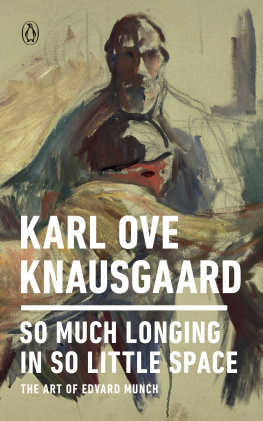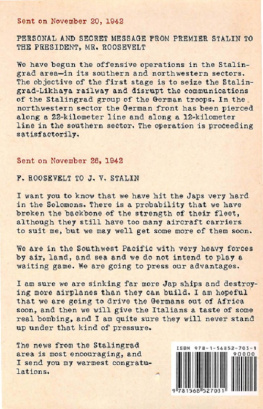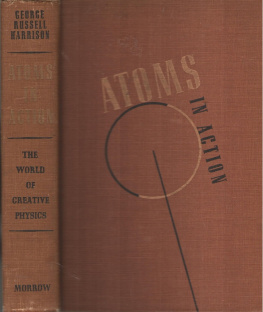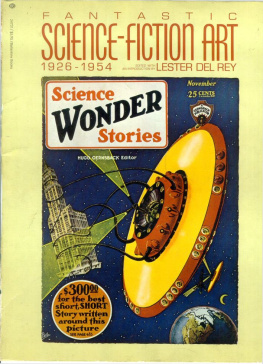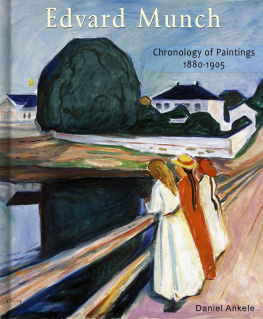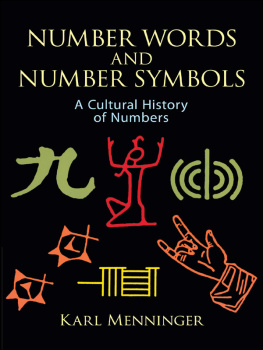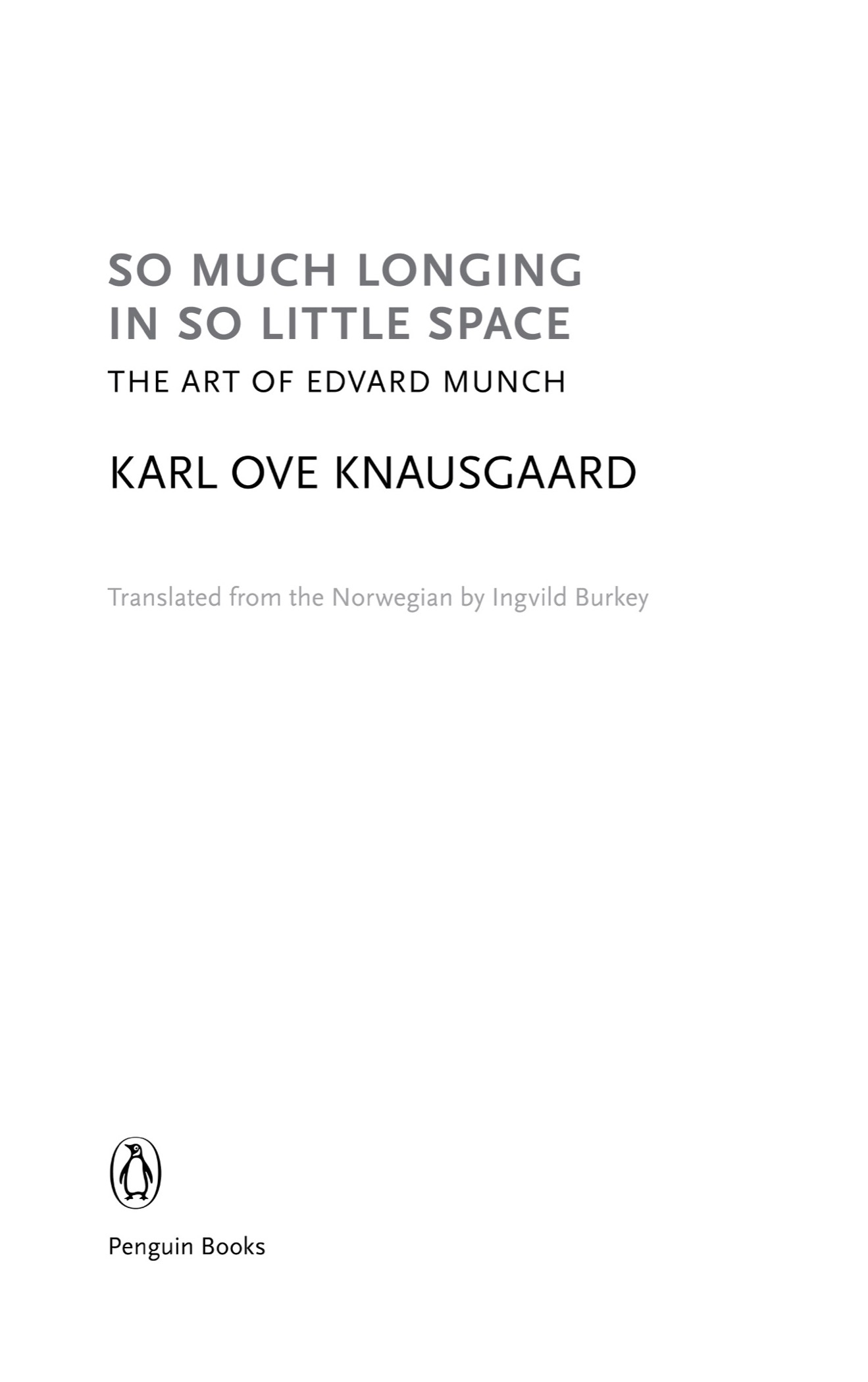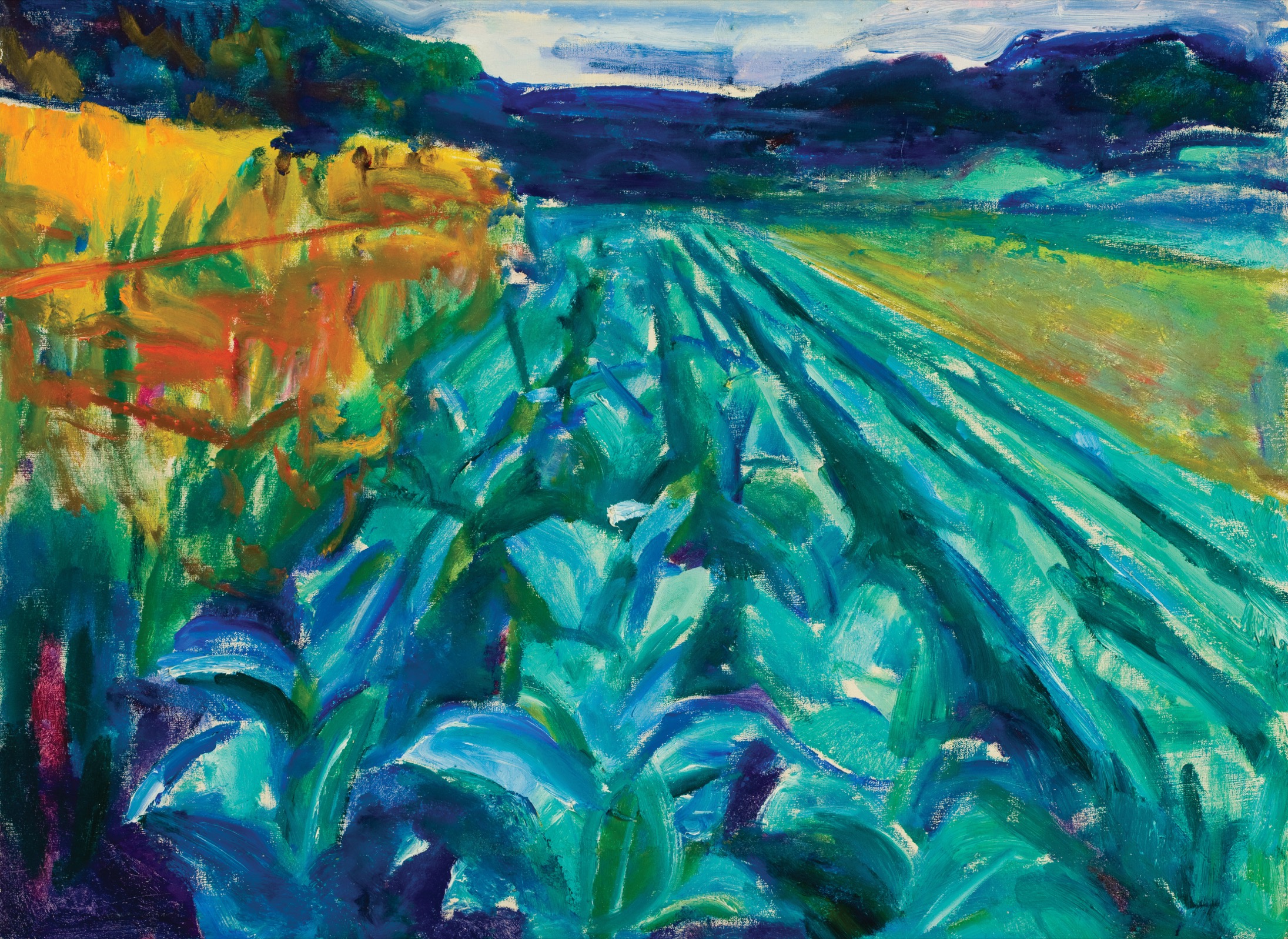PENGUIN BOOKS
SO MUCH LONGING IN SO LITTLE SPACE
Karl Ove Knausgaards first novel, Out of the World, was the first ever debut novel to win the Norwegian Critics Prize, and his second, A Time for Everything, was widely acclaimed. The My Struggle cycle of novels has been heralded as a masterpiece wherever it has appeared, and the first volume was awarded the prestigious Brage Prize.
Also by Karl Ove Knausgaard
A Time for Everything
My Struggle: Book 1
My Struggle: Book 2
My Struggle: Book 3
My Struggle: Book 4
My Struggle: Book 5
My Struggle: Book 6
Home and Away: Writing the Beautiful Game (with Fredrik Ekelund)
Autumn (with illustrations by Vanessa Baird)
Winter (with illustrations by Lars Lerin)
Spring (with illustrations by Anna Bjerger)
Summer (with illustrations by Anselm Kiefer)
PENGUIN BOOKS
An imprint of Penguin Random House LLC
penguinrandomhouse.com
Published simultaneously in the United States by Penguin Books, an imprint of Penguin Random House LLC and in Great Britain by Harvill Secker, an imprint of Penguin Random House Limited 2019
Copyright 2017 by Karl Ove Knausgaard
English translation copyright 2019 by Ingvild Burkey
Penguin supports copyright. Copyright fuels creativity, encourages diverse voices, promotes free speech, and creates a vibrant culture. Thank you for buying an authorized edition of this book and for complying with copyright laws by not reproducing, scanning, or distributing any part of it in any form without permission. You are supporting writers and allowing Penguin to continue to publish books for every reader.
Originally published under the title S mye lengsel p s liten flate. En bok om Edvard Munchs bilder in Norway by Forlaget Oktober in 2017.
This book was published with the financial assistance of NORLA (Norwegian Literature Abroad).
This book was written following Karl Ove Knausgaards collaboration with the Munch Museum on the exhibition Towards the Forest Knausgaard on Munch, Oslo, May 6October 8 2017.
Credits for paintings appear on .
LIBRARY OF CONGRESS CATALOGING-I N-PUBLICATION DATA
Names: Knausgard, Karl Ove, 1968- author. | Burkey, Ingvild, 1967translator.
Title: So much longing in so little space : the art of Edvard Munch / Karl Ove Knausgaard ; translated from the Norwegian by Ingvild Burkey.
Other titles: Sa mye lengsel pa sa liten flate. English
Description: London : Harvill Secker ; New York : Penguin Books, 2019.
Identifiers: LCCN 2018057501 (print) | LCCN 2018058011 (ebook) | ISBN 9780525504900 (ebook) | ISBN 9780143133131 (paperback)
Subjects: LCSH: Munch, Edvard, 18631944--Criticism and interpretation. | BISAC: ART / Individual Artists / General. | ART / Criticism & Theory. | LITERARY CRITICISM / European / Scandinavian.
Classification: LCC ND773.M8 (ebook) | LCC ND773.M8 K6313 2019 (print) | DDC 759.81--dc23
LC record available at https://lccn.loc.gov/2018057501
Version_1
For Sissel
Sometimes it is impossible to say why and how a work of art achieves its effect. I can stand in front of a painting and become filled with emotions and thoughts, evidently transmitted by the painting, and yet it is impossible to trace those emotions and thoughts back to it and say, for example, that the sorrow came from the colours, or that the longing came from the brushstrokes, or that the sudden insight that life will end lay in the motif.
One picture I feel this way about was painted by Edvard Munch in 1915. It depicts a cabbage field. The cabbages in the foreground are roughly executed, almost sketch-like, dissolving into green and blue brushstrokes deeper into the background. Next to the cabbage field there is an area of yellow, over that an area of dark green, and over that again a narrow band of darkening sky.
That is all, that is the whole painting.
But the picture is magical. It is so charged with meaning, looking at it I feel as if something is bursting within me. And yet it is just a field of cabbages.
So what is going on with this painting?
When I look at its colours and shapes, which are so radically simplified that they suggest a landscape more than they represent it, I see death, as if the painting intended a reconciliation with death, but a trace of something terrible remains, and what is terrible is the unknown, that we dont know what awaits us.
But Munchs painting doesnt really say anything, doesnt give form to anything other than cabbages, grain, trees and sky. And yet death, and yet reconciliation, and yet peace, and yet a trace of something terrible.
Is it simply that the line of the field leads inwards, towards darkness, and that dusk is descending in the sky above?
Perhaps. But many have painted fields, many have painted dusk, without attaining what this painting so calmly radiates.
Munch was around fifty years old when he painted Cabbage Field. He was known as a painter of the inner life, of dream, death and sexuality. He had gone through a life crisis, after that he withdrew from social life, and he no longer sought out pain when he painted, he turned outwards, he painted the sun. And that isnt hard to understand, everything begins anew when the sun rises. Darkness yields, the day opens up, the world once again becomes visible. Over the next thirty years he painted what he saw there, in the visible world. But the visible world is not objective reality, it appears to each individual as seen by them, and Munchs great gift lay in his ability to paint not only what his gaze took in, but also what that gaze was charged with.
There is a longing in this painting of the cabbage field, a longing to disappear and become one with the world. And that longing to disappear and become one with the world fulfilled the painting for him, fulfilled for him the act of painting. That is why this painting is so good, what disappears re-emerges in what comes into being, and if the disappearance ceased for the painter as soon as he finished the painting, it is still represented in the picture, which fills us again and again with its emptiness.
Cabbages. Grain and forest.
Yellow and green, blue and orange.
ONE
Edvard Munch painted all his life, from his teenage years, when he produced small pictures of potted plants and interiors, portraits of family members and exteriors near the place where he grew up, until he died at Ekely, eighty years old, surrounded by his works. The constant activity which painting was for him can be divided into different phases, the first being his apprentice years, during which he painted himself into tradition, initially by producing youthfully clumsy landscapes and portraits, followed surprisingly quickly by confident and good paintings, culminating in a qualitative break which was also his first masterpiece, The Sick Child, in 18856. He was twenty-two years old. The second was the period up to 1892, when he painted in many styles and was clearly searching for a way to give expression to what he had within him; the canvases from this period include everything from realistic harbour motifs to classically Impressionist street scenes. The third phase is the one we think of as Munchian this is when he painted Melancholy, Vampire, The Scream, Evening on Karl Johan Street, Death in the Sickroom
Next page
